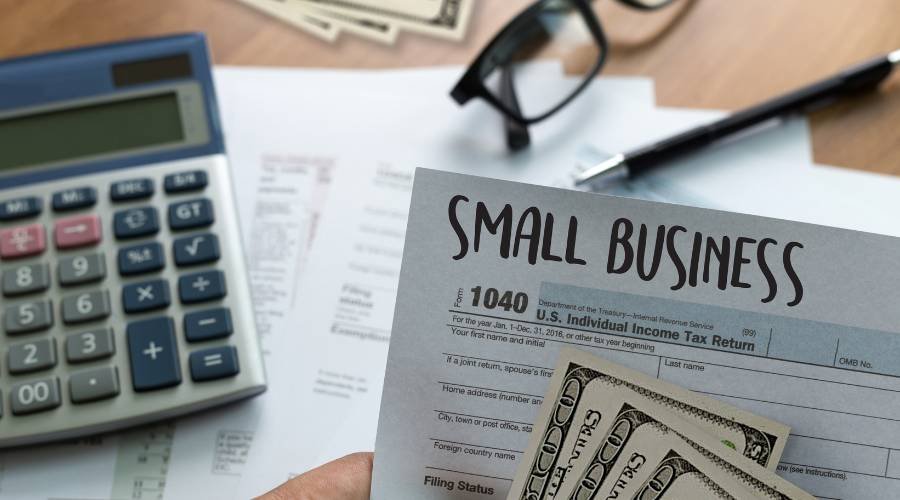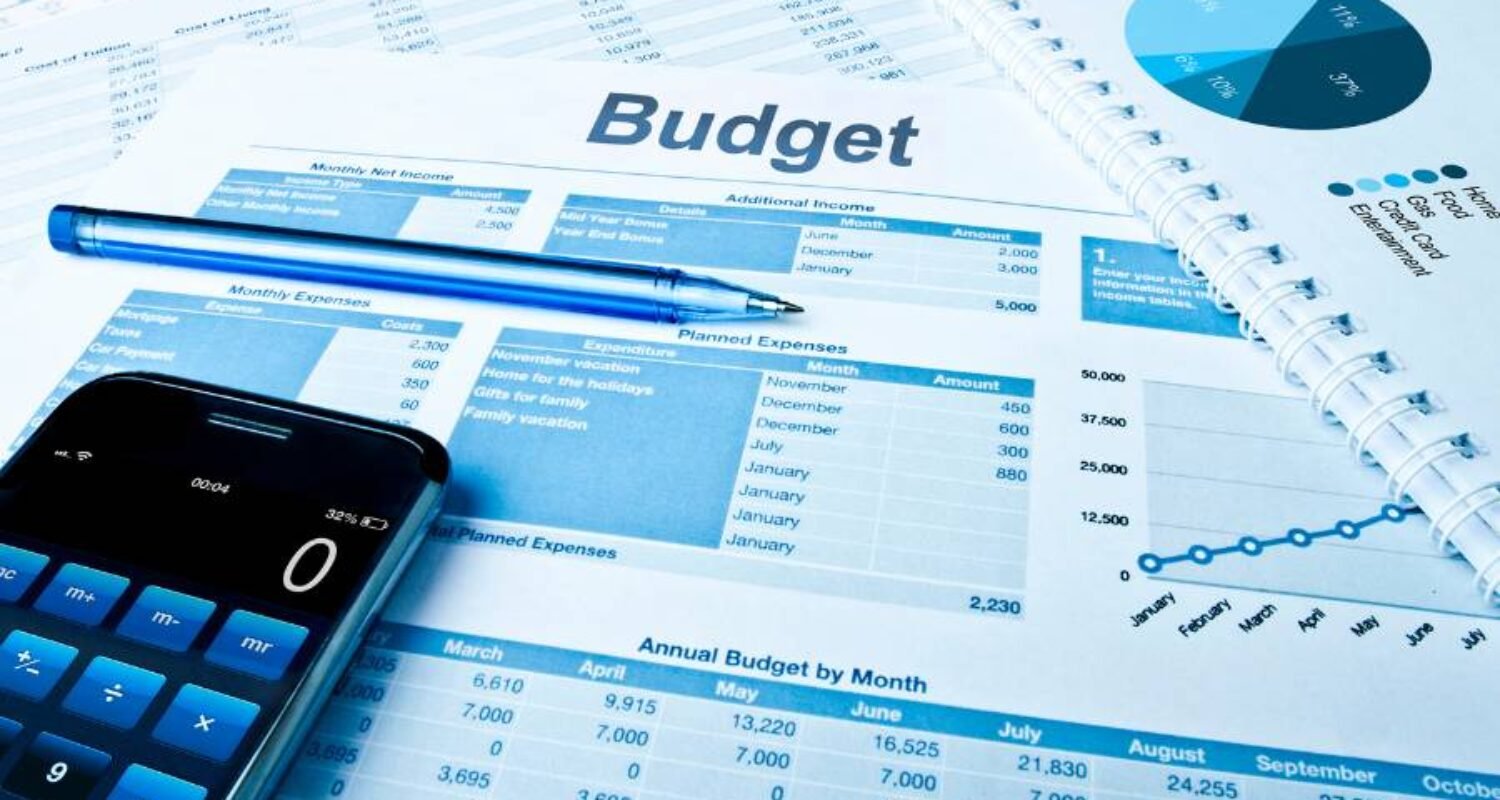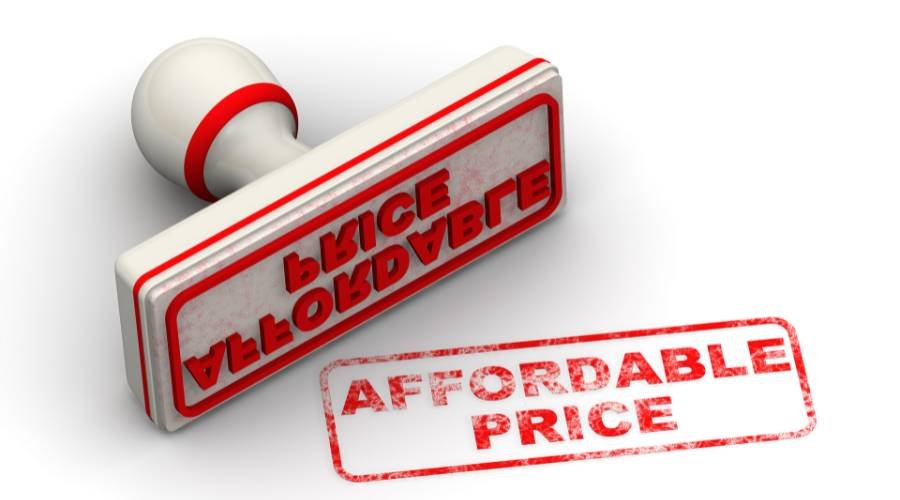You’re staring at quotes from marketing agencies, Facebook ad costs, and website proposals, wondering if spending $500 monthly is too little or if $5,000 is insane. The truth about small business marketing budget Australia guidelines? Most businesses either underspend and get zero results or overspend on tactics that never had a chance of working. Meanwhile, smart Australian small businesses are growing 300% year-over-year by investing the right amount in the right strategies at the right time.

The Real Numbers: What Australian Small Businesses Spend on Marketing
Industry benchmarks suggest businesses should spend 7-10% of gross revenue on marketing. But here’s what Australian small businesses invest:
Startups (0-2 years): 12-20% of revenue. New businesses need aggressive marketing to build awareness and capture market share. A Brisbane startup making $100,000 annually might invest $15,000-$20,000 in marketing.
Growth Phase (2-5 years): 10-15% of revenue. Established but expanding businesses balance customer acquisition with retention. A Sydney service business $500,000 in revenue typically spends $50,000-$75,000 yearly.
Mature Businesses (5+ years): 5-10% of revenue. Established companies with steady customers can reduce marketing spend. A Melbourne retailer with $1 million in revenue might allocate $50,000-$100,000 annually.
The shocking reality? Brad from the Sunshine Coast was spending $4,000 monthly on Google Ads with zero tracking. After implementing proper budget allocation, he reduced spending to $2,000 monthly while increasing leads by 400%. It’s not about spending more – it’s about spending smart.
Breaking Down Your Small Business Marketing Budget: The 70-20-10 Rule.
The most successful small business marketing budget Australia examples follow the 70-20-10 rule:
70% on Proven Strategies. Invest the majority in channels already delivering results. If Google Ads bring customers, that’s where 70% goes. This ensures consistent revenue while you experiment.
20% on Emerging Opportunities: Allocate 20% to promising new channels. Maybe it’s TikTok advertising, podcast sponsorships, or local event marketing. Test, measure, and scale what works.
10% on Experimental Tactics Reserve 10% for wild cards – untested strategies that could become game-changers. This might be influencer partnerships, new technology, or innovative content formats.

Where Australian Small Businesses Waste Their Marketing Budget
| Budget Waster | Monthly Cost | Why It Fails | Better Alternative |
| Spray-and-pray Facebook ads | $500-$2,000 | No targeting or strategy | Focused local campaigns |
| Yellow Pages/Directories | $200-$1,000 | Nobody uses them anymore | Google My Business (free) |
| Radio ads without tracking | $1,000-$5,000 | Can’t measure ROI | Digital with analytics |
| Cheap SEO services | $299-$500 | Penalties and no results | Quality SEO from $1,000 |
| Print ads in dying publications | $500-$2,000 | Declining readership | Online content marketing |
| Branded merchandise nobody wants | $1,000-$3,000 | Sits in storage | Customer experience improvements |
Rebecca from Sydney was spending $2,000 monthly on print advertising with zero trackable results. She redirected that budget to SEO and content marketing, generating 340% more leads within three months.
The Minimum Viable Marketing Budget for Australian Small Businesses
Under $100,000 Revenue: $500-$1,000/month
- Google My Business optimization (free)
- Basic website ($3,000 one-time, $100/month hosting)
- Facebook/Instagram organic posting
- Email marketing ($50/month)
- Local networking and partnerships
$100,000-$500,000 Revenue: $1,000-$4,000/month
- Professional website with SEO
- Google Ads budget ($500-$1,500)
- Social media advertising ($500-$1,000)
- Content creation and blogging
- Email automation and CRM
$500,000-$1,000,000 Revenue: $4,000-$8,000/month
- Comprehensive SEO strategy
- Multi-channel paid advertising
- Professional content creation
- Marketing automation
- Brand development and PR
Digital vs Traditional: Where Your Marketing Budget Gets the Best ROI
Digital Marketing ROI: $2.50-$5.00 per dollar spent
- Trackable and measurable
- Adjustable in real-time
- Targeted to specific audiences
- Lower entry costs
- Scalable with success
Traditional Marketing ROI: $1.20-$2.00 per dollar spent
- Difficult to track
- Fixed commitments
- Broad audience reach
- Higher minimum costs
- Limited optimization options
For most Australian small businesses, digital marketing delivers superior ROI. Ali from Gold Coast shifted his entire traditional budget to digital and saw revenue increase 400% while spending 30% less overall.
How to Stretch Your Small Business Marketing Budget in Australia
Leverage Free Tools First: Google My Business, Facebook Business, Instagram, LinkedIn – these platforms offer massive reach for zero dollars. Master organic strategies before paying for ads.
Focus on One Channel Until It Works. Don’t spread $1,000 across five platforms. Dominate one channel, then expand. Better to be excellent on Google than mediocre everywhere.
Invest in Assets, Not Expenses. SEO and content marketing build lasting value. Paid ads stop working the moment you stop paying. Balance both, but prioritize assets.
Partner With Complementary Businesses. Cross-promotion costs nothing but delivers qualified leads. A Brisbane café partnering with a nearby gym doubles exposure without doubling the budget.
Repurpose Everything. One blog post becomes five social posts, two emails, and a video script. Multiply your content investment through strategic repurposing.
Learn advanced budget optimization strategies
Marketing Budget Allocation by Industry: Australian Benchmarks
Service Businesses (Plumbers, Electricians, Cleaners)
- 40% on Google Ads for immediate leads
- 30% on SEO for long-term growth
- 20% on the website and conversion optimization
- 10% on review generation and reputation
Retail and E-commerce
- 35% on social media advertising
- 25% on Google Shopping and search ads
- 25% on email marketing and automation
- 15% on content and influencer partnerships
Professional Services (Accountants, Lawyers, Consultants)
- 40% on content marketing and thought leadership
- 30% on LinkedIn and professional networking
- 20% on SEO and website optimization
- 10% on events and partnerships
Hospitality and Restaurants
- 35% on social media and visual content
- 25% on Google My Business and local SEO
- 25% on email and loyalty programs
- 15% on events and promotions
Common Marketing Budget Mistakes That Kill Australian Small Businesses
Mistake #1: Setting Budget Based on What’s Left Over Marketing isn’t an expense – it’s an investment in growth. Budget for marketing first, not last. Successful businesses plan marketing spend before operational costs.
Mistake #2: Chasing the Latest Trend TikTok might be hot, but if your customers are 50+ professionals, you’re wasting money. Invest where your customers are, not where everyone says you should be.
Mistake #3: Not Tracking ROI If you can’t tell which marketing dollar brought which customer, you’re gambling, not investing. Every dollar should be trackable to results.
Building Your 2025 Small Business Marketing Budget: A Step-by-Step Guide
Step 1: Calculate Your Baseline (5 minutes). Take last year’s revenue. Multiply by 0.07 for a conservative budget or 0.10 for aggressive growth. This is your annual marketing budget.
Step 2: Audit Current Spending (30 minutes). List everything you currently spend on marketing. Include hidden costs like staff time on social media or networking events.
Step 3: Analyze Performance (1 hour) Which activities brought customers? Calculate the cost per acquisition for each channel. Rank from best to worst ROI.
Step 4: Apply 70-20-10 Rule (30 minutes). Allocate 70% to your best performers, 20% to promising opportunities, and 10% to experiments.
Step 5: Create Monthly Breakdown (30 minutes). Divide the annual budget by 12, then adjust for seasonality. Retailers might spend more in November-December, and trade more in spring.
Step 6: Build in Measurement (ongoing) Set up tracking for every dollar spent. Review monthly, adjust quarterly.
Why Location Affects Your Marketing Budget in Australia
Brisbane businesses often get more bang for their buck than their Sydney counterparts. Lower competition means cheaper Google Ads, more affordable agency services, and better organic reach. A small business marketing budget Australia-wide averages $2,000 monthly, but Brisbane businesses might achieve the same results for $1,500, while Sydney businesses need $2,500.
Regional areas face different challenges – less competition but smaller audiences. Your $1,000 monthly budget might dominate Toowoomba but barely register in Melbourne.
Frequently Asked Questions about Small Business Marketing Budgets in Australia
Q: What if I can’t afford 7-10% of revenue for marketing? A: Start with what you can afford, but focus ruthlessly on ROI. Even $500 monthly, invested wisely, can generate significant growth. Many businesses find that proper marketing pays for itself within 90 days.
Q: Should I hire an agency or keep marketing in-house? A: Depends on your budget and expertise. Under $2,000 monthly, DIY with professional guidance might work. For over $2,000, agencies often deliver better ROI through expertise and tools you can’t afford individually.
Q: How do I know if my marketing budget is working? A: Track cost per lead, cost per acquisition, and customer lifetime value. If you’re spending $100 to acquire customers worth $1,000, you’re winning. If those numbers are reversed, reassess immediately.
Q: Can I succeed with just organic marketing? A: Yes, but growth will be slower. Organic marketing (SEO, content, social) builds lasting value but takes time. Paid marketing delivers immediate results but requires ongoing investment. Most successful businesses combine both.
Q: What’s the biggest marketing budget mistake to avoid? A: Spending without measuring. The second biggest? Giving up too quickly. Marketing compounds over time – strategies that seem expensive in month one often become incredibly profitable by month six.
Book a free marketing budget consultation.
Stop Guessing, Start Growing: Your Marketing Budget Action Plan
Your small business marketing budget Australia strategy doesn’t need to be perfect – it needs to be intentional. Every dollar should have a purpose, every campaign should be measurable, and every month should bring you closer to your goals.
The businesses winning in Australia’s competitive market aren’t necessarily spending more – they’re spending smarter. They know their numbers, test constantly, and scale what works while cutting what doesn’t.
Your competitors are making marketing decisions right now that will affect their growth for years. Make sure you’re making better decisions with better information and better strategies.




